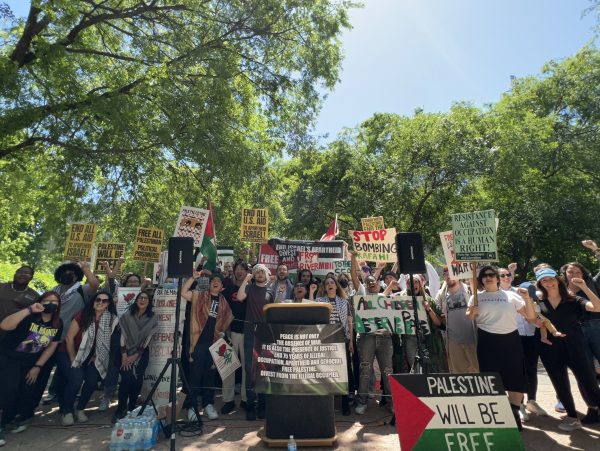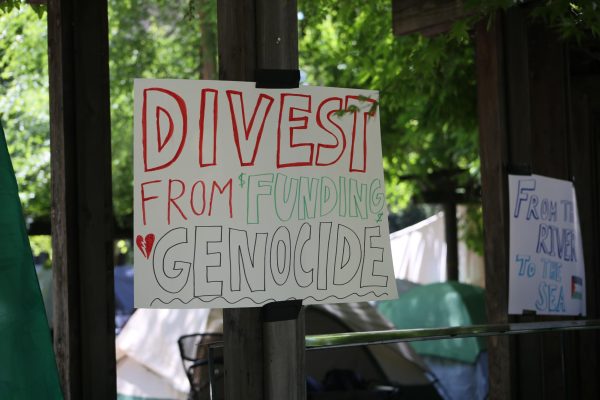Ciudad Juarez a.k.a. Hell’s waiting room
December 12, 2008
There are more secrets hidden in the deserted city of Ciudad Juarez, than there are sand crystals in the desert. This poverty-stricken city tells tales that will never be forgotten regarding the decade-long mystery of the women massacres, which began in the early ’90s and continued through 2003. To this day, more than 400 murders of young women have yet to be investigated.
Before we get into the victims’ stories, let me paint the big picture. Ciudad Juarez, Mexico resides just across the border from El Paso, Texas in the state of Chihuahua, with a population of about 1.4 million people. After the North American Free Trade Agreement passed in 1993, companies like General Electric, Alcoa and Dupont established factories (maquiladoras) in Juarez employing, by majority, women for cheap labor.
Low working class females usually reside in the outskirts of Ciudad Juarez where they live in shanty homes with no running water, electricity or telephones. They begin their journey to work by walking through dirt roads in order to catch the buses provided by the big Fortune 500 factories. Working for mere cents an hour, according to the article “Murder in Juarez: Gender, Sexual Violence and the Assembly Line,” the maquiladoras provide higher wages than in any other factories around Mexico City and it has become the hot spot for women workers.
According to an article from Business Network, writer Jessica Livingston’s investigation regarding maquiladoras connected with the deaths to the different women in Juarez, in many instances employers justify the reason for hiring women simply “because of their manual dexterity and their ability to tolerate tedious and repetitive work.” I am a woman and hate tedious and repetitive work. Not a very good argument, Fortune 500s.
Livingston’s investigation further explains that in some factories supervisors host “Senorita Maquiladora” beauty contests, and the dance clubs host “Most Daring Bra” and “Wet String” bikini contests. And apparently the buses provided by the company drops the employees at the night clubs.
How can big companies like General Electric promote this type of behavior? Livingston further explains that the lack of justice in Ciudad Juarez leads to constant cases of unresolved sexual assault and murder.
During a 10-year period, bodies of victims were found in the middle of the desert, raped and mutilated. More than 400 bodies of young women were found in the same circumstances, and by majority, were employed at a factory in Juarez. The young women had similar characteristics: tan skin, dark, long hair, slim bodies and of the young ages 12 to 19.
To this day the mothers have been fighting corruption, and investigators link the deaths with the police. Ciudad Juarez has become a battle zone between drug cartels and the police. According to different newspaper articles in the area, “anyone can get away with murder.”
Juarez, that corner of the world just south of our border, feeds on the blood of young women. The cry for help from the different mothers continues to echo throughout the dark corners of the desert.
The mothers have organized activist groups to fight off corrupt police in Juarez and get the investigations rolling, but help has not answered. They looked to the North, but the U.S. government was too busy finding weapons of mass destruction and disregarded the matter.
After all, why should we worry? The sad reality of students, myself included, is to view Mexico as only a vacation spot where we can party endlessly with cheap alcohol.
Vanessa Guerrero can be reached at [email protected]


































































































































